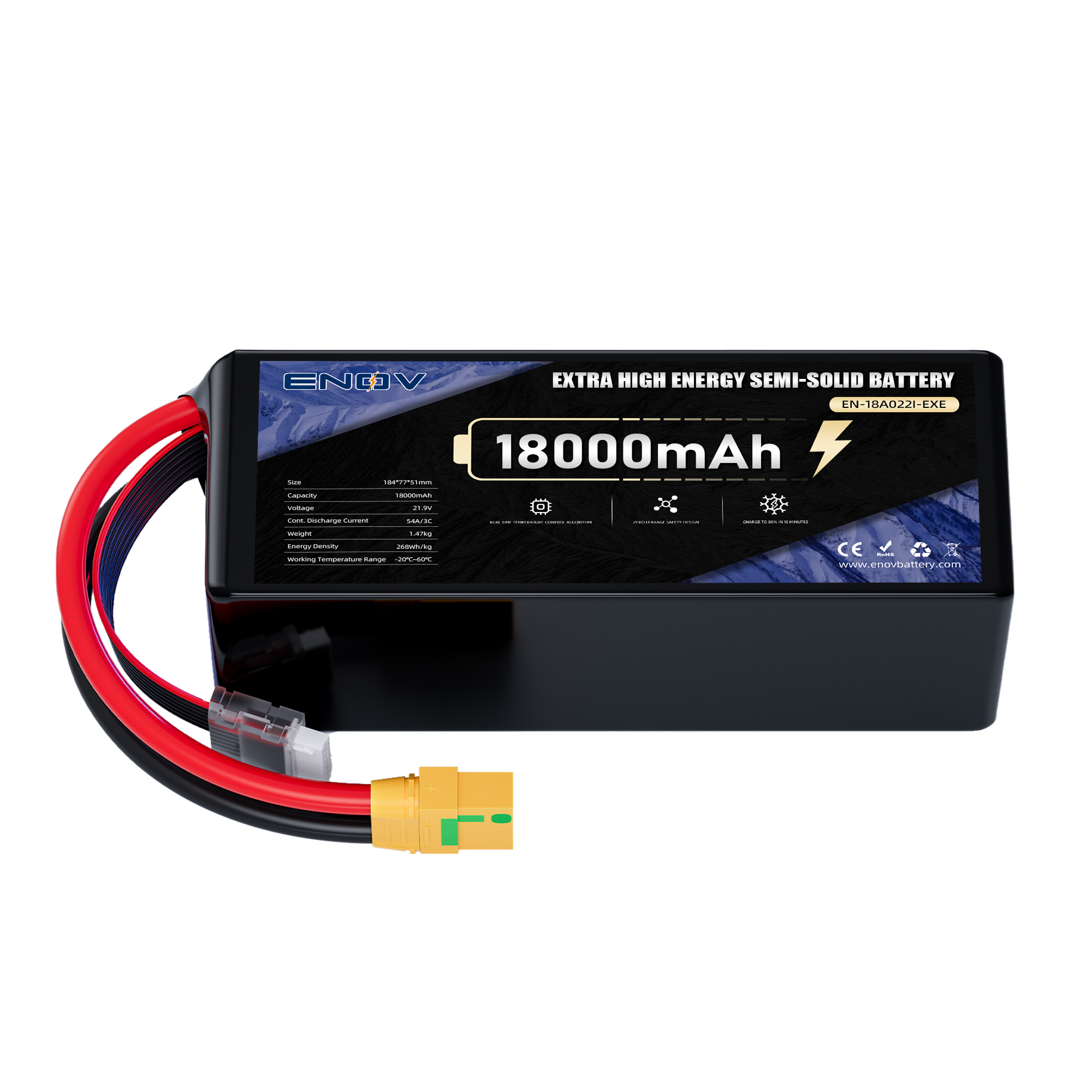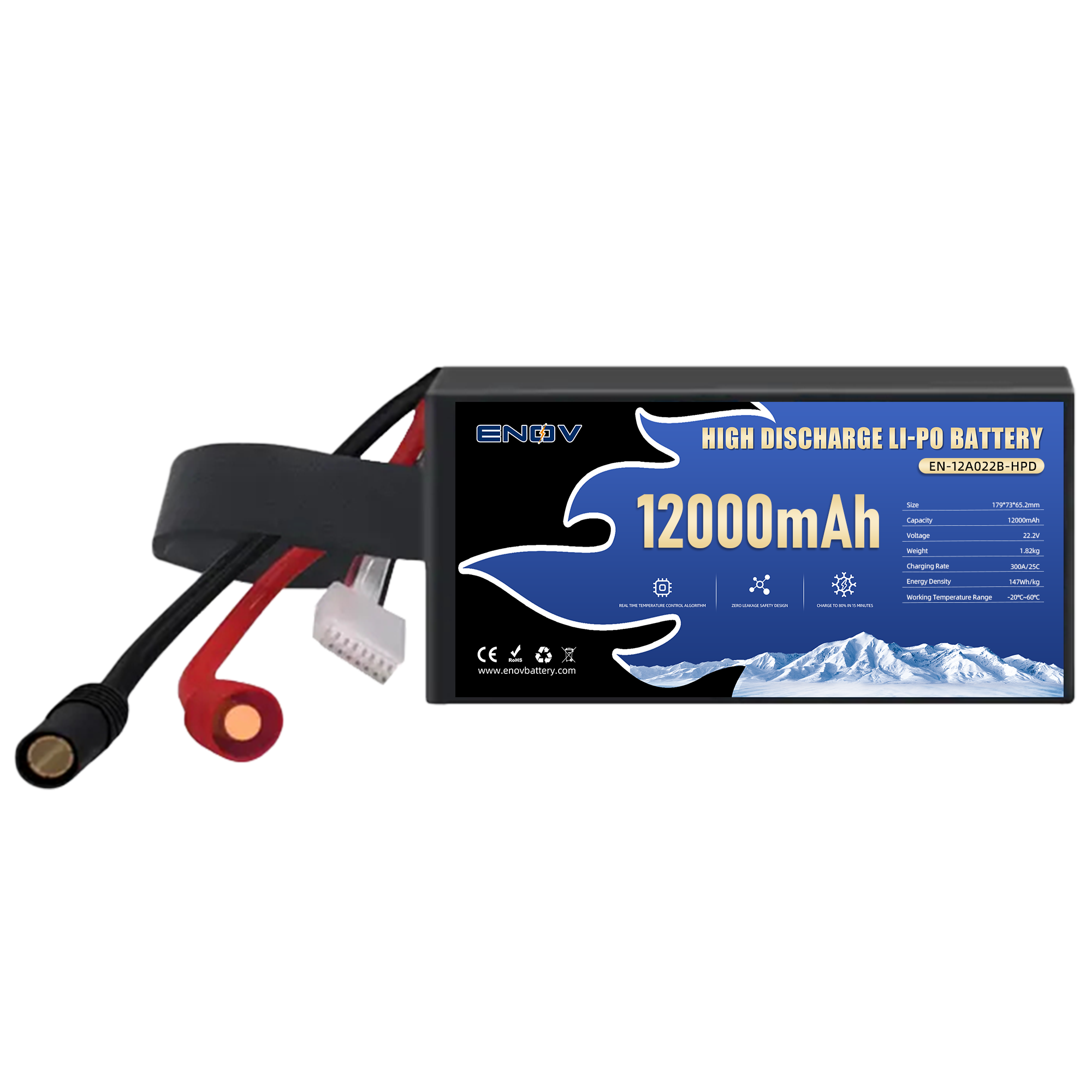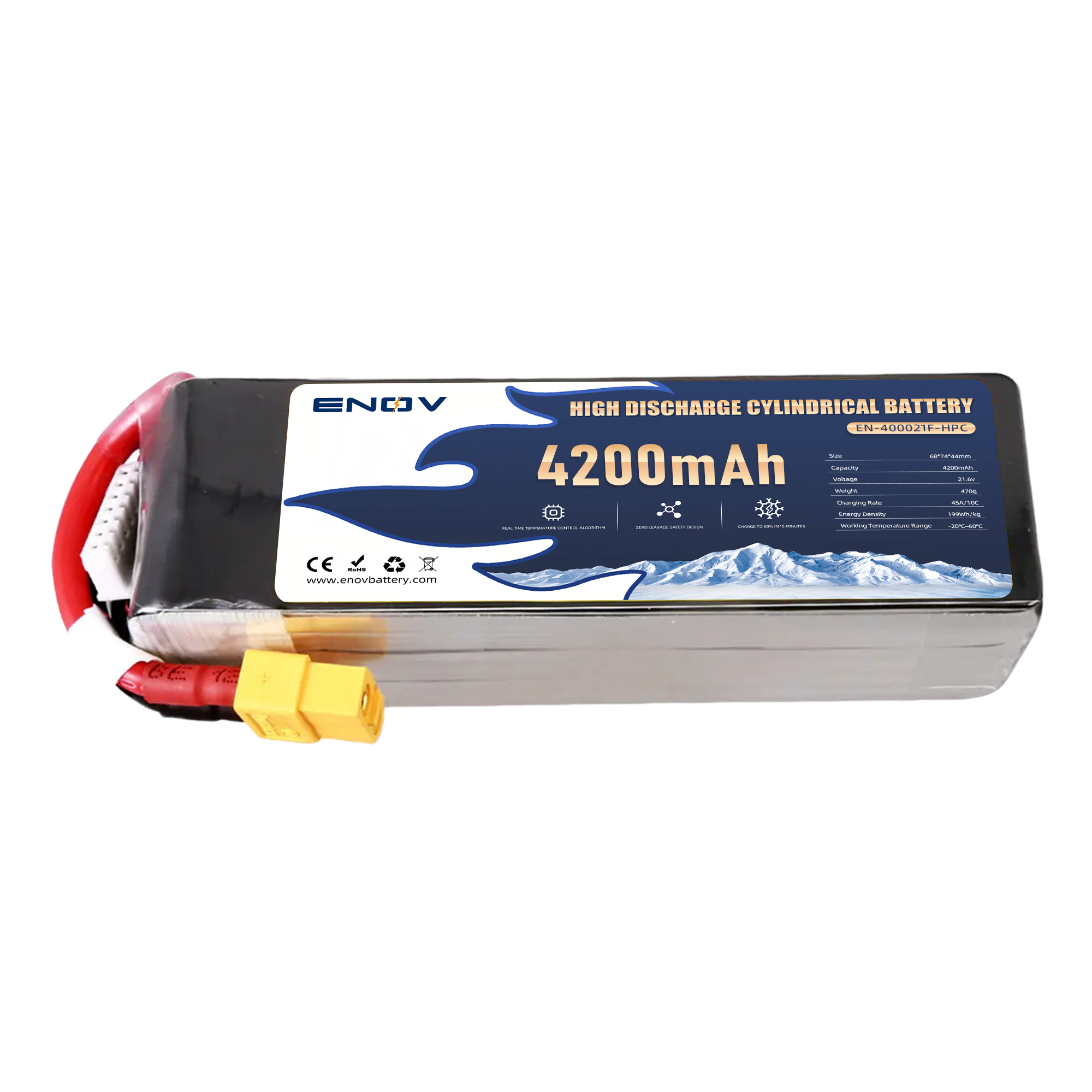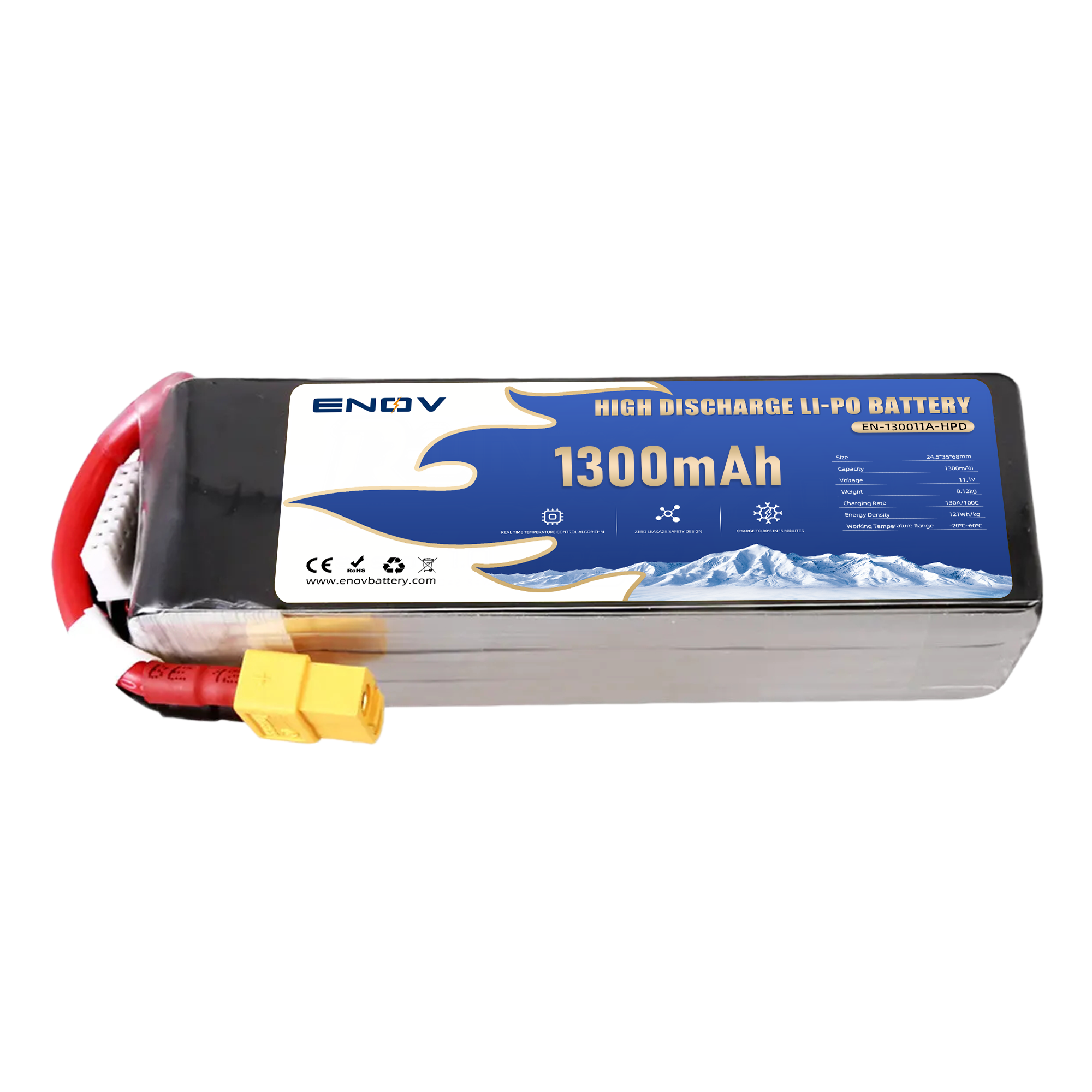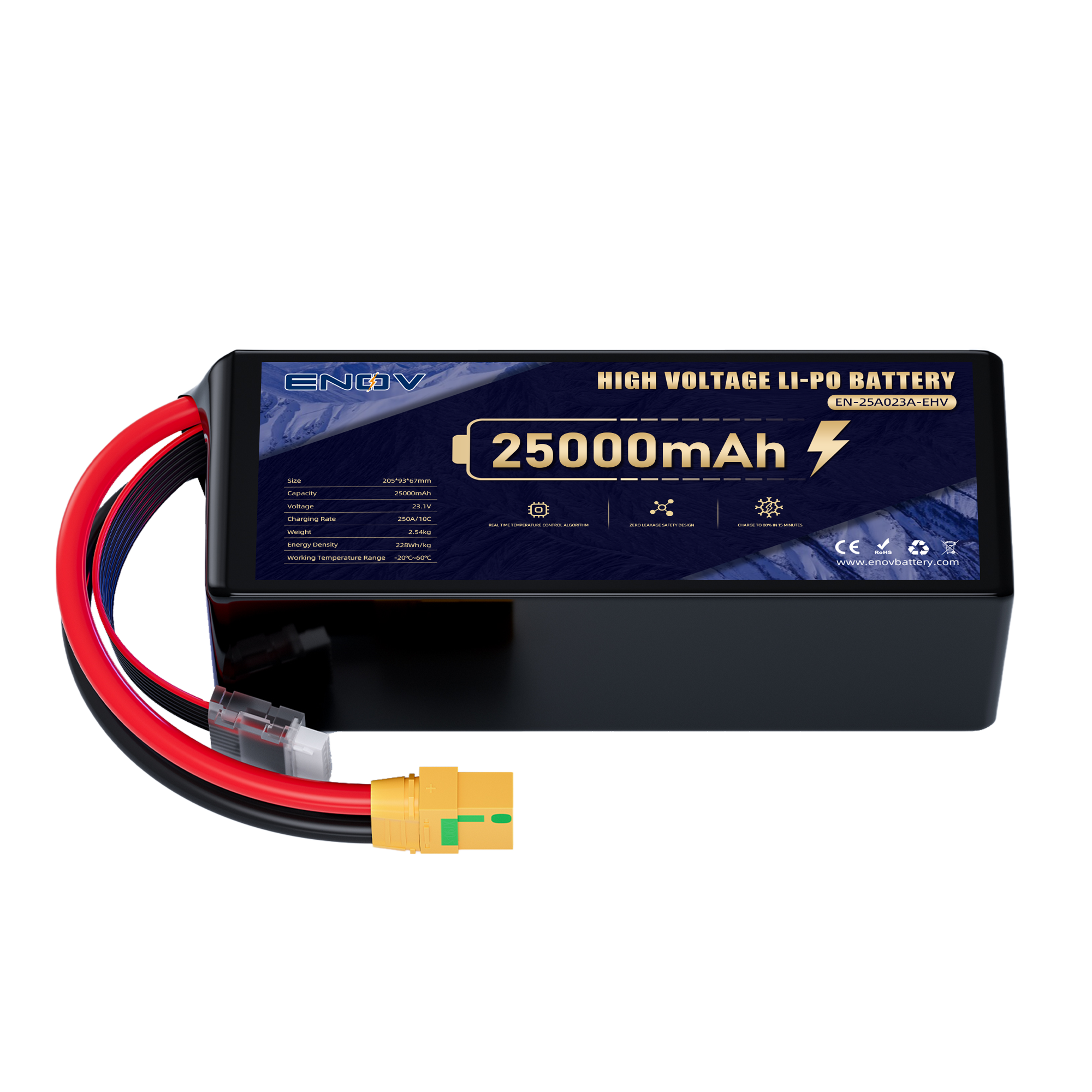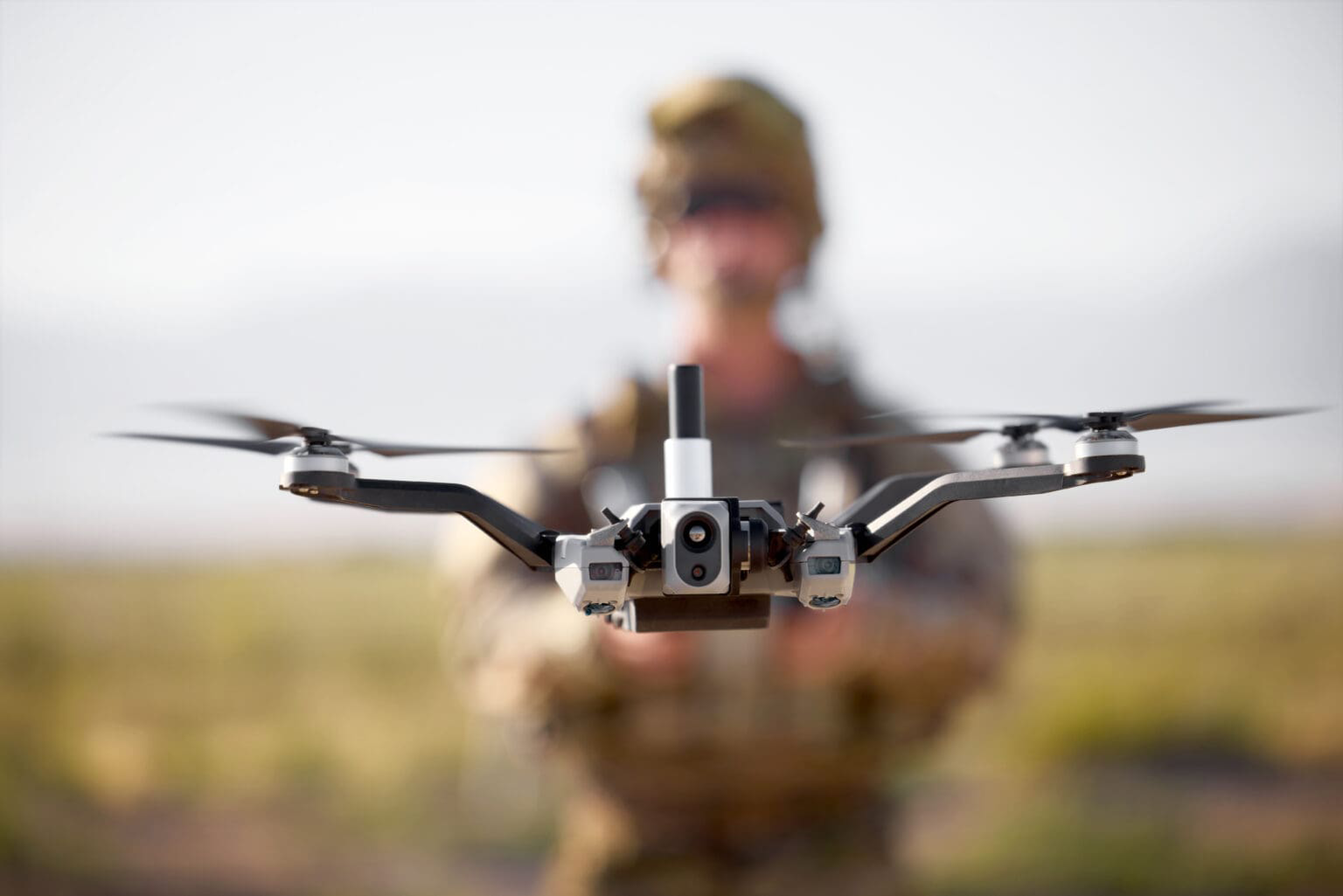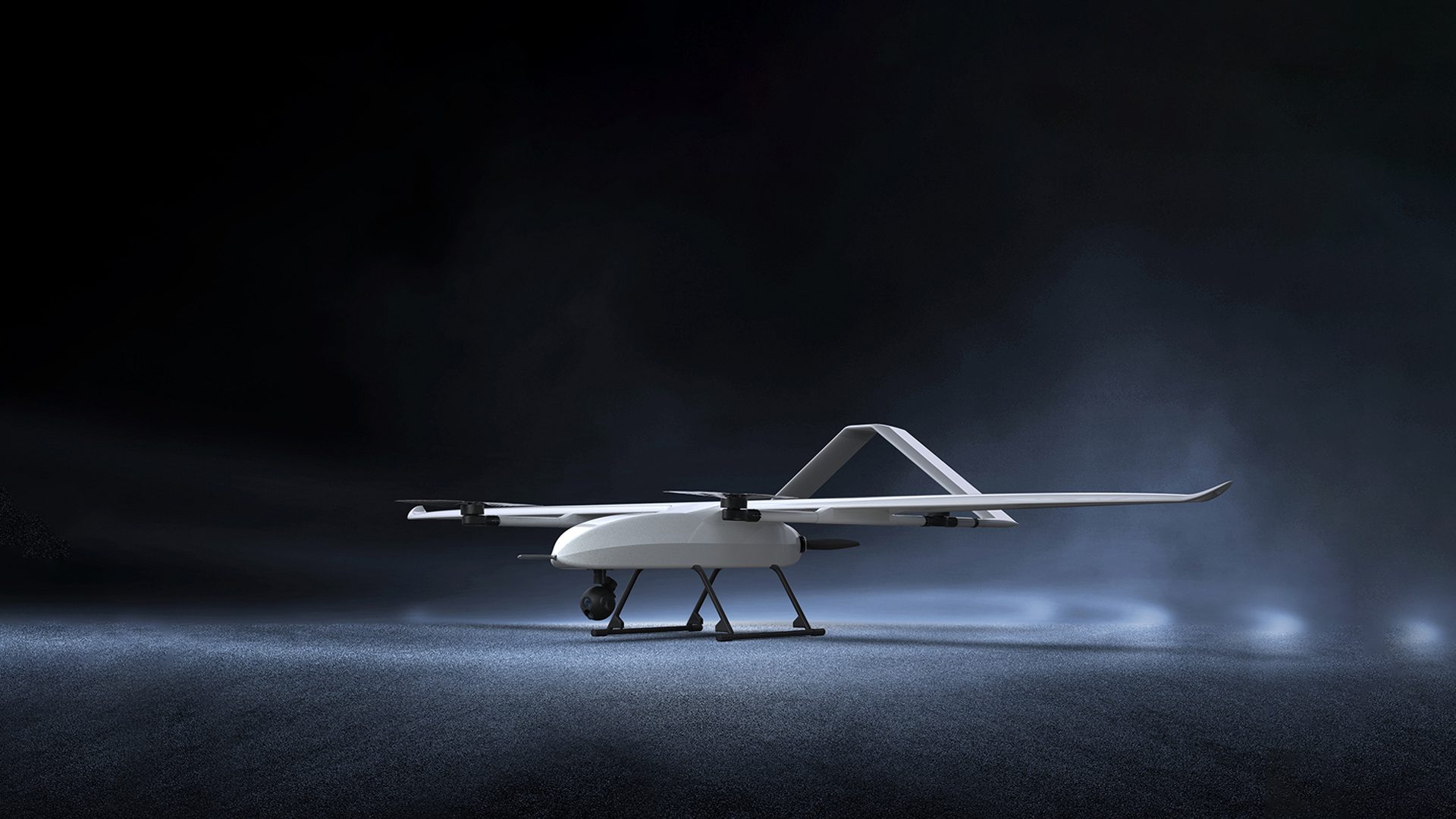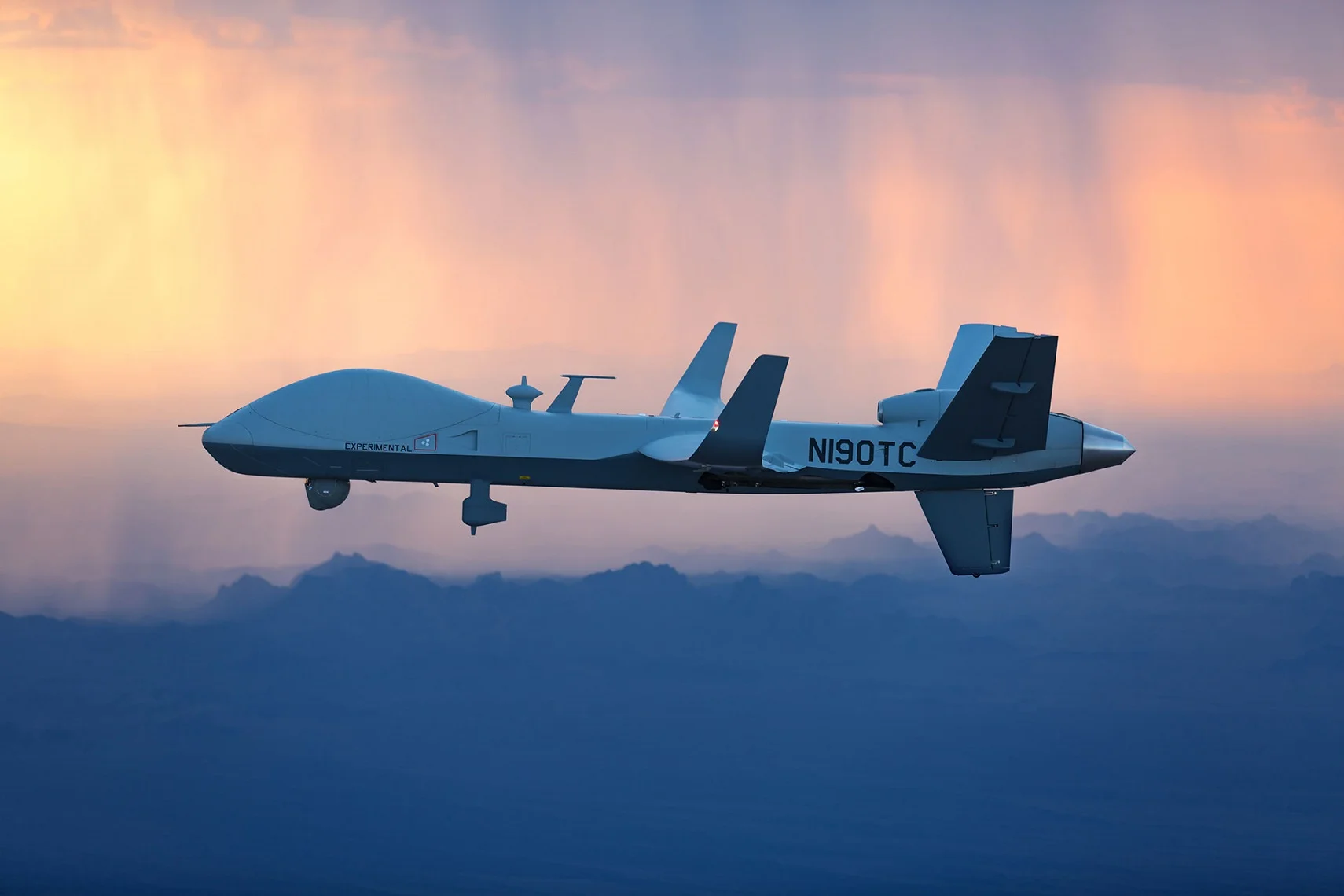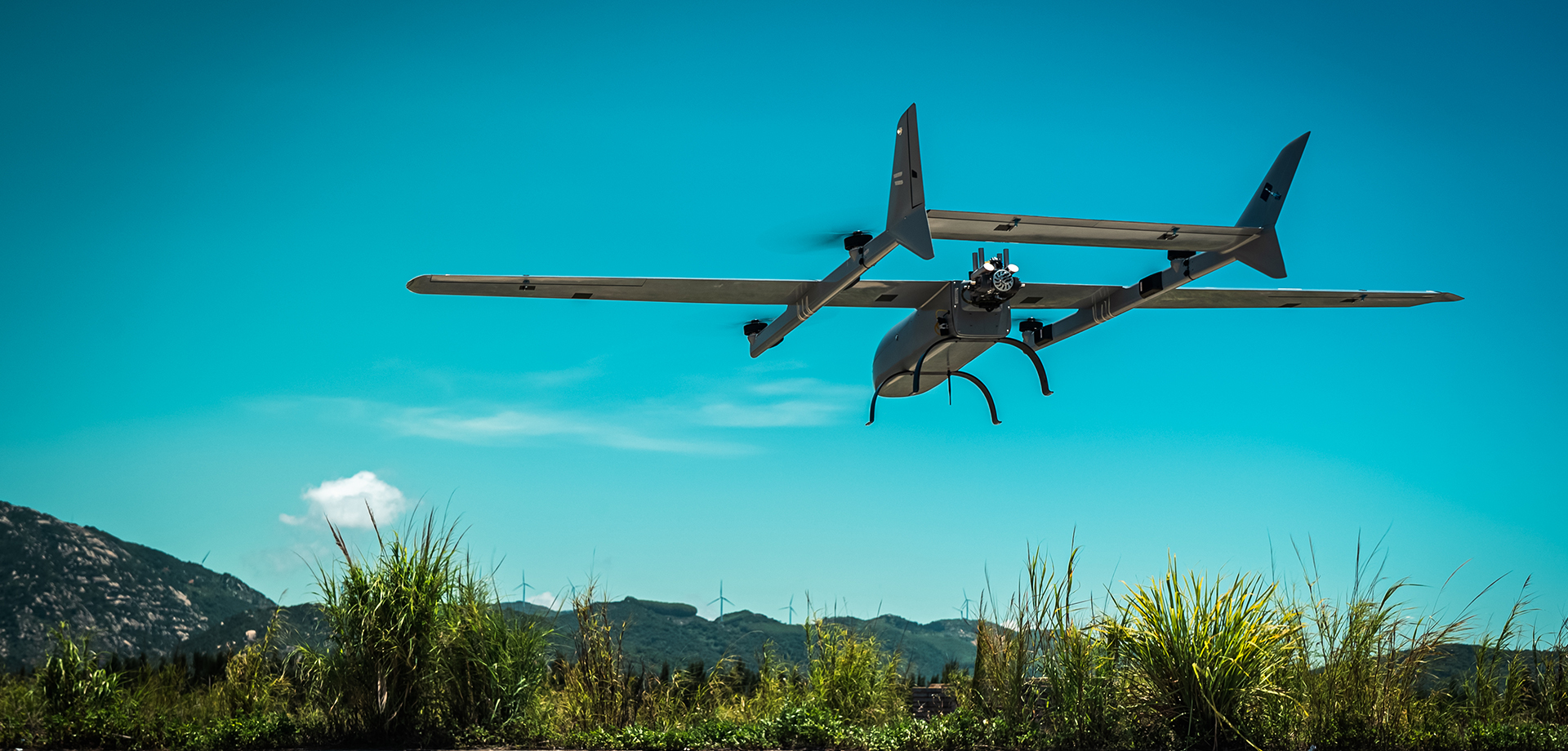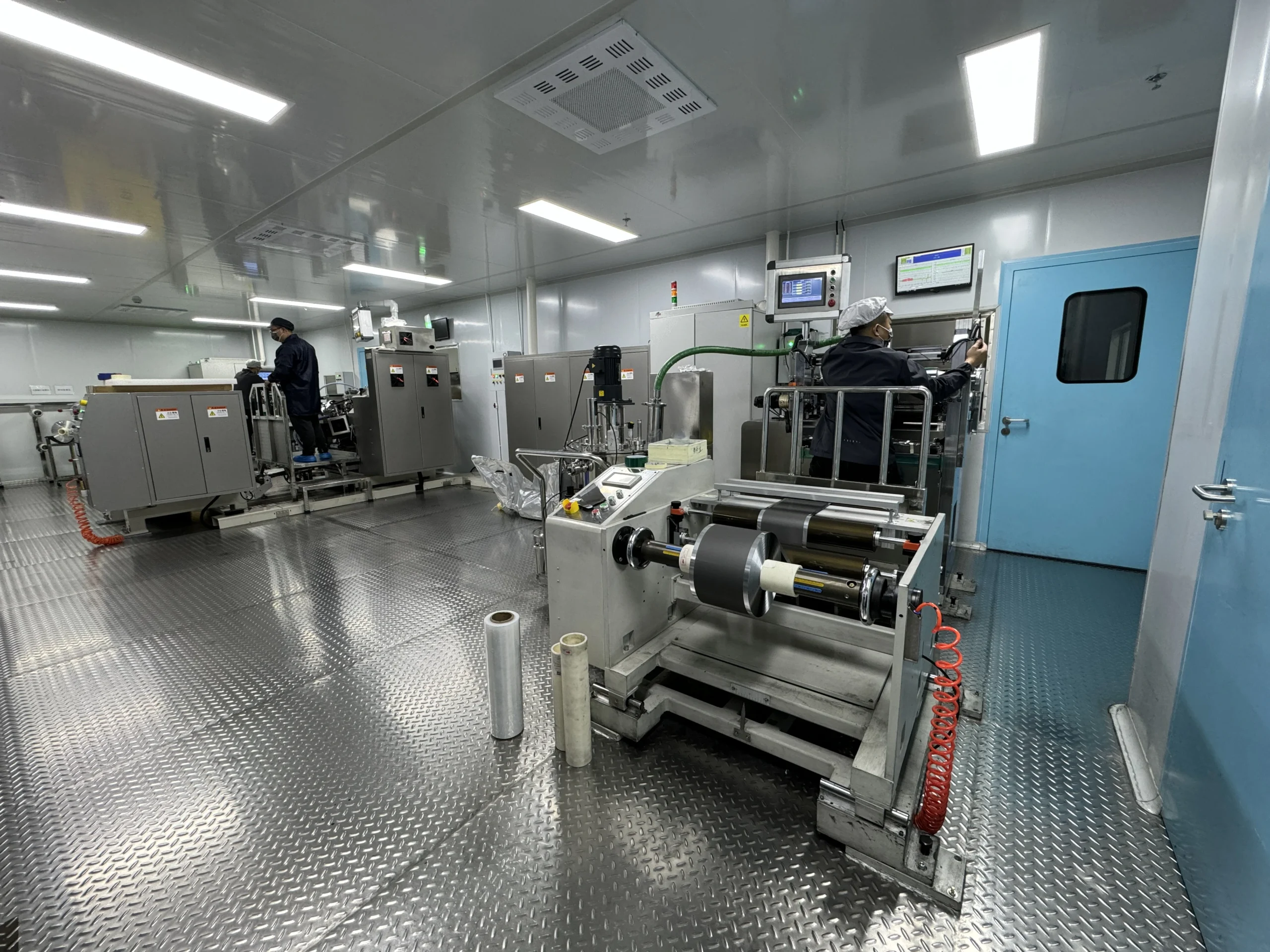Flight Endurance & Performance Optimization: Advanced Techniques for Maximizing UAV Efficiency
Optimizing UAV performance is pivotal for achieving extended flight endurance, operational reliability, and mission success across industries like surveillance, logistics, and emergency response.
By integrating cutting-edge engineering and intelligent systems, operators can unlock unprecedented efficiency. Below, we explore five core performance optimization techniques that drive modern drone capabilities.
thrust
1. Propulsion System Optimization
The propulsion system is the backbone of UAV performance. Key strategies include:
• Motor-Propeller Synergy: Selecting brushless motors with high thrust-to-weight ratios paired with aerodynamically optimized propellers reduces energy waste. Variable-pitch propellers adapt dynamically to altitude and payload demands, maintaining efficiency under varying conditions.
• Hybrid Power Solutions: Combining gasoline-electric or hydrogen fuel cell systems balances endurance and power output, ideal for long-range missions.
• Thermal Management: Advanced cooling systems prevent overheating in high-stress operations, ensuring consistent motor performance and longevity.
2. Energy Management & Hybrid Power Integration
Intelligent energy allocation is critical for maximizing flight time:
• Dynamic Power Allocation: AI-driven controllers adjust energy distribution in real time based on flight mode, wind resistance, and payload weight.
• Regenerative Technologies: Energy recovery during descent or gliding phases—common in fixed-wing drones—extends battery life.
• Solar-Hybrid Systems: Solar panels integrated into wings or frames supplement battery power, enabling multi-day missions in sun-rich environments.
3. Aerodynamic Design & Lightweight Materials
Streamlined aerodynamics directly enhance speed and energy efficiency:
• Airframe Optimization: Fixed-wing designs and blended-wing bodies minimize drag, while carbon-fiber composites reduce structural weight without compromising durability.
• Adaptive Wing Configurations: Morphing wings or retractable components adjust mid-flight to optimize lift-to-drag ratios for varying altitudes.
• Payload Balancing: Strategic weight distribution and lightweight payload carriers (e.g., aluminum alloy frames) minimize strain on propulsion systems.
4. AI-Driven Navigation & Flight Planning
Smart algorithms elevate operational precision:
• Route Optimization: Machine learning analyzes terrain, weather, and air traffic to plot energy-efficient paths, avoiding unnecessary maneuvers.
• Autonomous Adjustments: Real-time altitude shifts leverage thinner air at higher elevations to reduce drag, while automated loitering patterns conserve power during stationary surveillance.
• Predictive Maintenance: AI monitors component health (e.g., motor wear, battery degradation) to schedule proactive repairs, minimizing downtime.
5. Advanced Software & Firmware Updates
Continuous software enhancements ensure peak performance:
• Algorithm Lightweighting: Techniques like model pruning and quantization reduce computational overhead, freeing resources for critical tasks.
• Firmware Tuning: Regular updates optimize motor control protocols, sensor calibration, and communication stability.
• Over-the-Air (OTA) Upgrades: Seamless integration of new features, such as improved obstacle-avoidance algorithms or battery management systems, keeps drones at the technological forefront.
Conclusion
UAV performance optimization demands a holistic approach, blending hardware innovation with intelligent software solutions.
By prioritizing propulsion efficiency, aerodynamic design, and AI-driven adaptability, operators achieve longer flight times, reduced operational costs, and enhanced mission versatility.
These techniques not only future-proof drone fleets but also unlock new possibilities in sectors demanding precision and reliability.
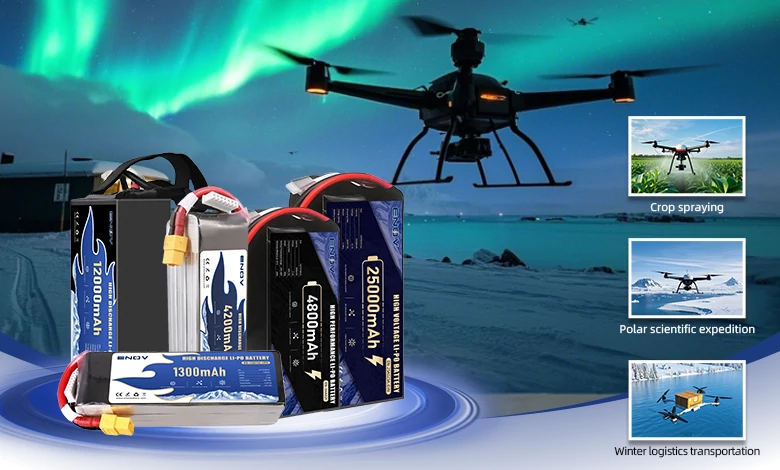
UAV DRONE battery
Enov UAV battery has the most advanced UAV battery new technology, it has a lightweight structural design, ultra-high energy density, stable continuous discharge, customized ultra-high instantaneous discharge, wide temperature working range, stable charge and discharge, battery materials can choose high nickel terpolymer positive/silicon carbon negative material system combined with semi-solid battery technology. Or choose a more mature application of more UAV lithium battery technology, available UAV battery nominal voltage 3.7V, capacity 18.0Ah ~ 30.0Ah, support 10C continuous discharge and 120C pulse discharge (3 seconds). With ultra-high energy density (220-300Wh/kg) as its core advantage, Enov UAV batteries can meet the needs of long-term endurance scenarios such as plant protection drones and transport drones, while maintaining stable emission performance in extremely low temperature environments (-40℃).
Other products
START-STOP LITHIUM BATTERY
LITHIUM ENERGY STORAGE BATTERY
QUICK INQUIRY
FAQ
Access to high frequency technical questions with one click, get accurate answers on product application, after-sales policy and customization process.
Service and Support
Get the latest product specifications, explore professional OEM/ODM customization services, click to open exclusive technical support and production solutions.
Become a Partner
We sincerely invite resources to interconnect, work together for win-win development, and immediately open a new chapter of strategic cooperation!
